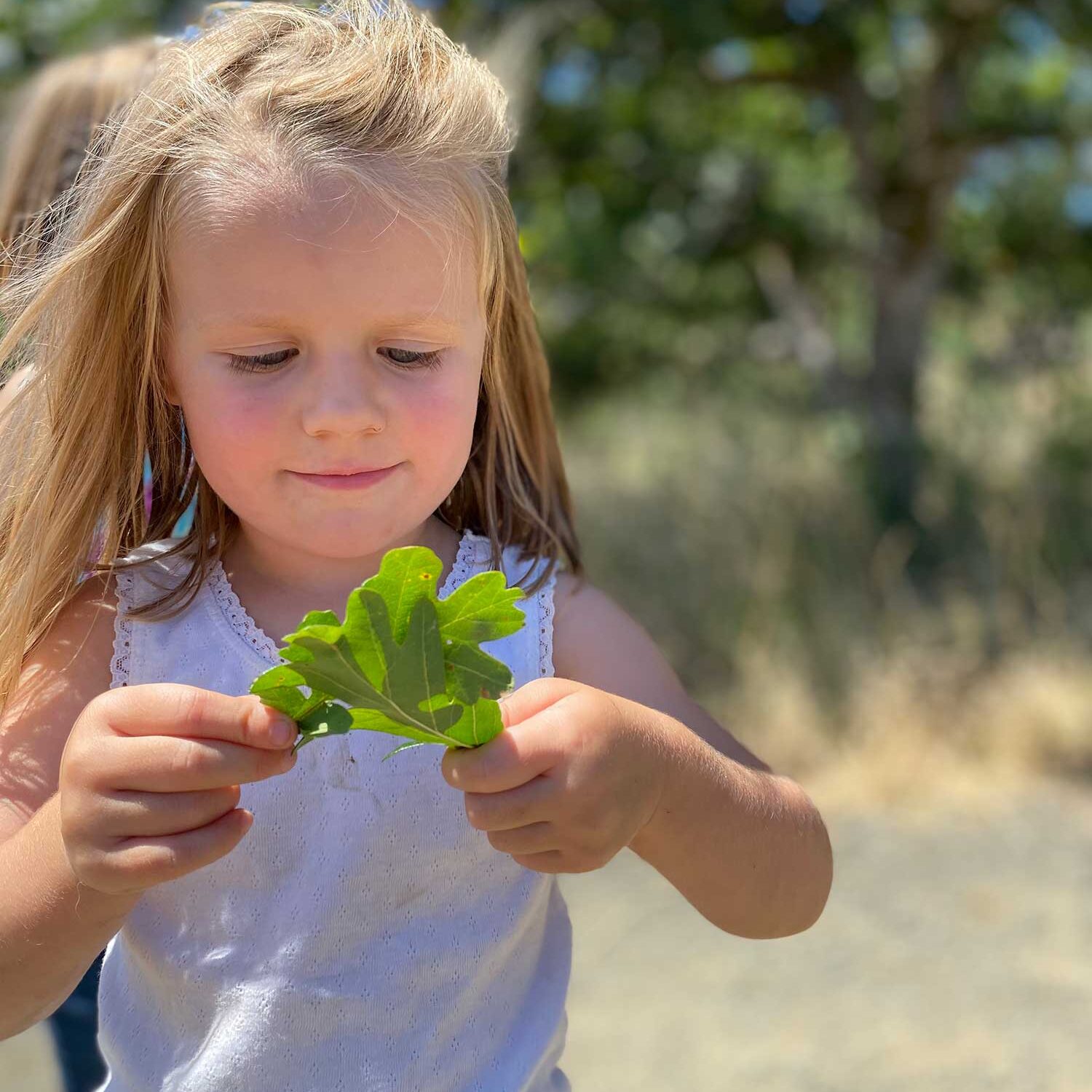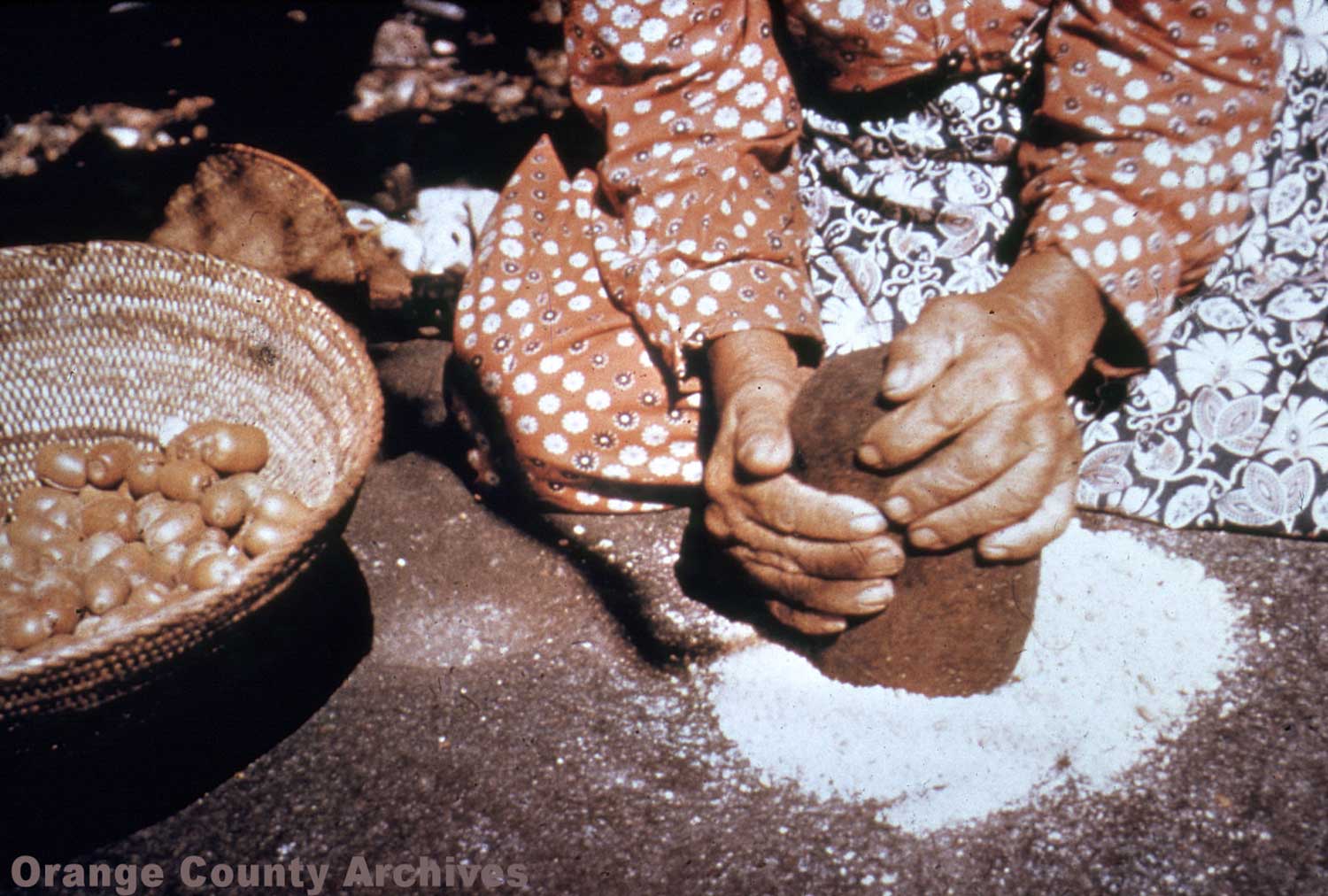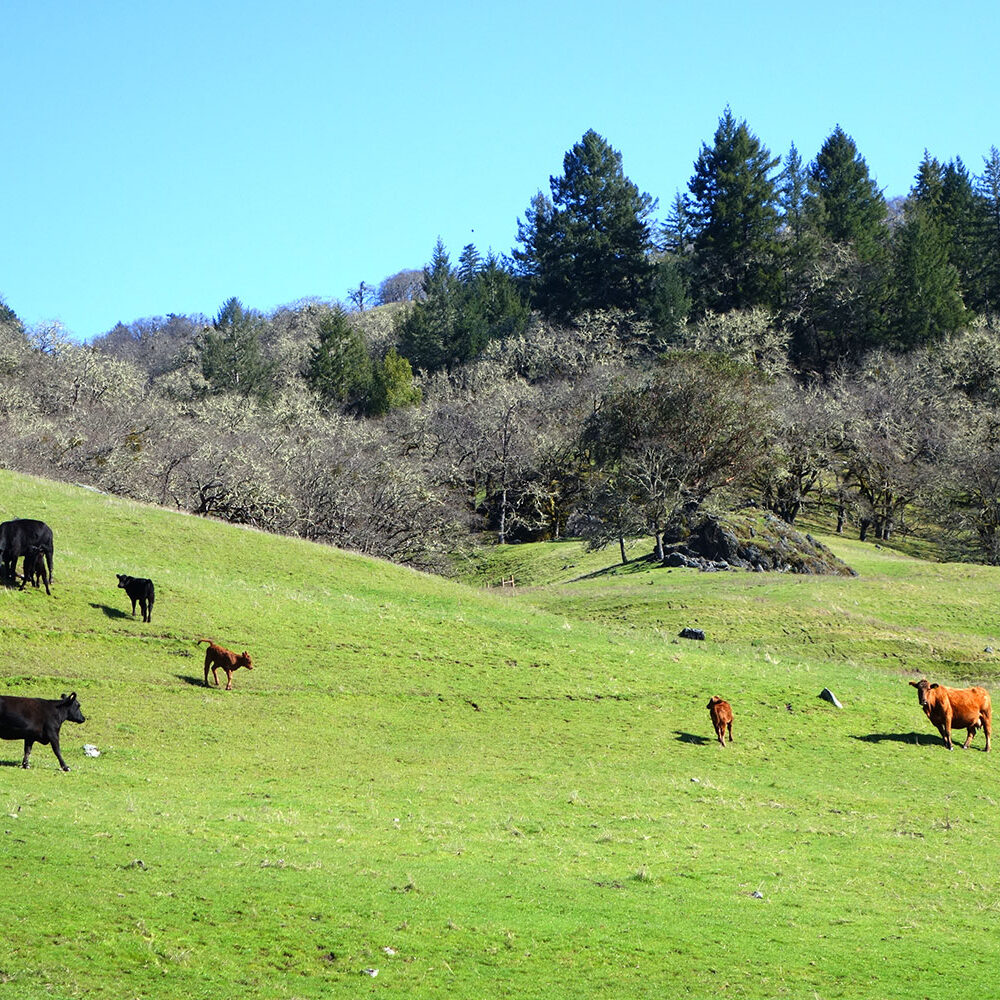Heritage
Oaks are rooted in the heritage of many people; we have deep connections to these landscapes.
Oak Forest. Credit: Bruce Taylor
Oak and prairie landscapes have particular cultural significance for our tribal partners, who bring traditional ecological knowledge to our shared stewardship strategies. People historically had a strong connection with the prairie-oak ecosystem in a unique and a mutually beneficial relationship. The First Peoples of this region have long relied on oak trees and prairies for food and cultural practices, using fire to maintain and nurture habitats for millenia. Today, however, that bond between people, prairies, and oaks is tenuous in many places. These landscapes where the majority of the human population in the Pacific Northwest live, farm, and recreate. This makes them a top regional priority for conservation.

People connect to these landscapes
Many people have a natural affinity for oaks and prairies due to their scenic beauty and open accessibility.
When people treat oak systems with care and respect – preventing conversion to more developed uses, shepherding low-intensity fire, preventing the spread of invasive species – we enjoy a host of benefits including reduced high-intensity wildfire, improved soil and water quality, abundant flowers for pollinators, opportunities to hike, bike, bird, and hunt, increased property values, and an overall improved quality of life.
And because oaks can sprout back after devastating disturbances like high-intensity wildfires and being cut down, these trees provide durability and optimism following negative impacts.
Ancestral Homelands
Prior to settlement and colonization, Indigenous People of this region commonly used fire to manage oak and prairie systems to create conditions that provided them with important resources including acorns and camas bulbs. The use of frequent and low intensity fires helped to keep conifers from establishing and maintaining relatively open landscapes.
Given the cultural and economic significance of oak and prairie systems, tribal members and staff are collaborating through strategic partnerships and working within their own tribal governments and communities to protect, restore, and increase access to oak and prairie within their ceded homelands.

Private Lands are Key
Most remaining oak and prairie habitats are on private land, representing generations of land stewardship and care.
Many oak and prairie dependent species can persist on landscapes that support livestock grazing, commercial forestry, hunting, and other relatively low-intensity human uses. In turn, oak habitat supports working lands by enhancing soil health and water retention, which are crucial for sustainable agriculture and grazing. Healthy oak ecosystems also provide diverse forage for livestock, reducing feed costs.
Additionally, maintaining oak habitats can increase property values by preserving natural landscapes and biodiversity which appeal to conservation-minded buyers. Economically, oak conservation can open up opportunities for landowners to participate in incentive programs and sustainable timber harvesting, aligning financial benefits with environmental stewardship.

